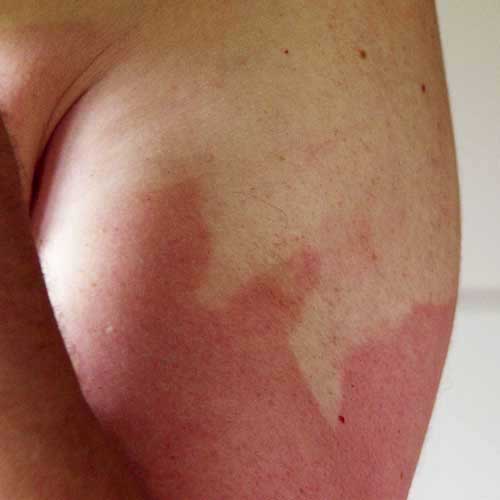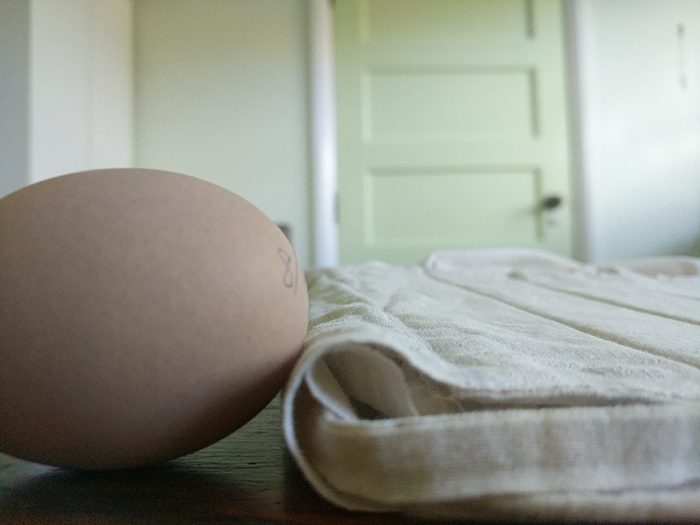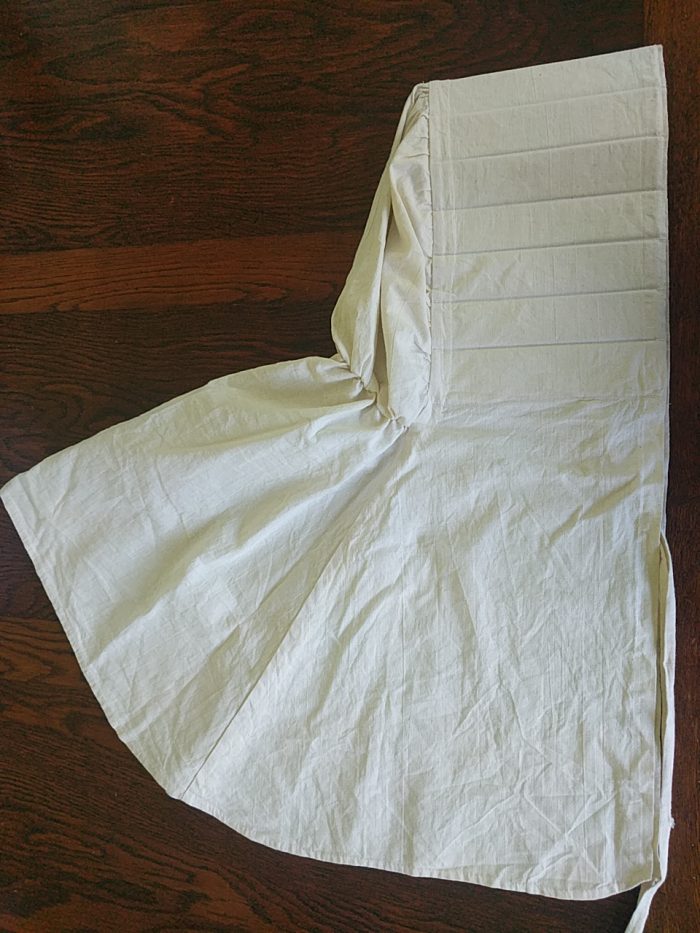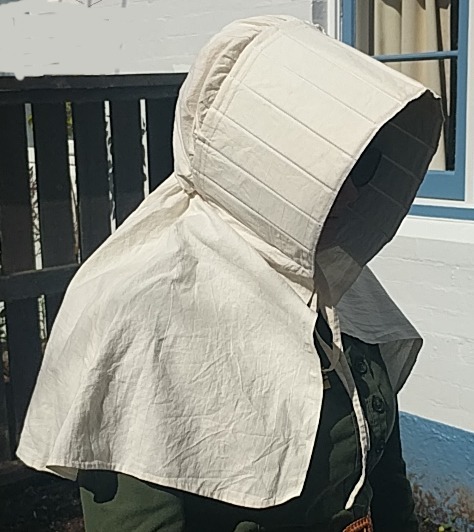I read today that more people die in this country from skin cancer than on the roads. Which, considering the average standard of Kiwi driving, is saying something.
The leading cause of skin cancer is radiation. Before you congratulate yourself on living somewhere nuclear-free, consider that what we are talking here is radiation burns from our nearest star, or – as we casually describe it – sunburn. (You can also develop skin cancer from being imprudent enough to use a tanning bed.)
There are two chief means of protecting yourself from this dangerous radiation. One: cover all your exposed skin in a thicker-than-you-think layer of gook – being sure to reapply every two hours, or more often if swimming, sweating, towelling etc.

Two: don’t expose your skin.
(Of course, you do need to expose your skin to the sun for about half an hour a day in order to synthezise adequate Vitamin D, but you can do this in installments, and at times when the sun is less ferocious. Half an hour straight can be enough to get a burn, for some people.)
Back in the day, people did not like to appear in public looking lightly fried, and they dressed accordingly. Long sleeves, long skirts or trousers, even gloves. And, of course, hats. The one downside of a hat is that if you are leaning forward – working in the garden, say – the rays of the sun can sneak in under the brim and burn your neck to a crisp.
Hence the Sunbonnet.
I decided to make a slat bonnet, with a nice big curtain to protect my neck, etc. The benefits of a slat bonnet are many. It’s flexible enough to arrange itself around whatever else you may be wearing on your head at the time, large or small. (One size fits all!) It ties on, so it doesn’t fly away in the wind (though I may add a couple of washers to weight down the corners of the curtain, since I live in the famously windy Wellington region).
Plus it lies flat – when not containing your head – making it easy to bung in the suitcase for your next trip.

The pattern I used – more or less – is the Mahaffie sunbonnet pattern from the Sewing Academy. I say more or less, because as I was intending this sunbonnet for everyday eccentricity rather than historical reenactment, I didn’t copy it exactly. I omitted the piping, the frills, and the exterior pair of ties, and I made it from plaincloth (aka calico or muslin, depending on your variety of English).

There were, therefore, relatively few pieces: a big long front piece, two back pieces (my notes suggest cutting these as one next time), a facing piece for the slats, and two ties. I had two metres of fabric, and it was more than enough.
The bit which took longest, as I recall, wasn’t the sewing but the slats. Cutting them slowly and painstakingly from card which was far too thick for scissors, and then waiting for a stretch of non-moist weather to paint them. They are easily removable, and with the cord at the back neck untied to let the gathers out, the bonnet washes and dries easily. Give it a quick ironing (optional), slide in the slats, draw up the cord again, and you’re away laughing.

While this is undoubtedly an excellent Old Technology for thwarting that evil supervillain, Melanoma, it must be admitted that it does have its downsides. Chiefly, the loss of peripheral vision. Care must be taken when crossing roads, for example, and I wouldn’t care to drive while wearing this. But then, one does not often get sunburned while inside a car (unless windows are down or roof is nonexistent).
And of course, if the idea of being seen as conspicuous or odd in any way gives you the collywobbles, you may struggle with the idea of wearing a sunbonnet. Consider the moral courage of eccentricity, and these five reasons why being the odd one out is a good thing, then consider again. Maybe a sunbonnet could be for you after all.

A note for those who are keen on old technologies: click/tap on the tag IPoOT (In Praise of Old Technology) and you can see the other old technologies I have praised over the years.
